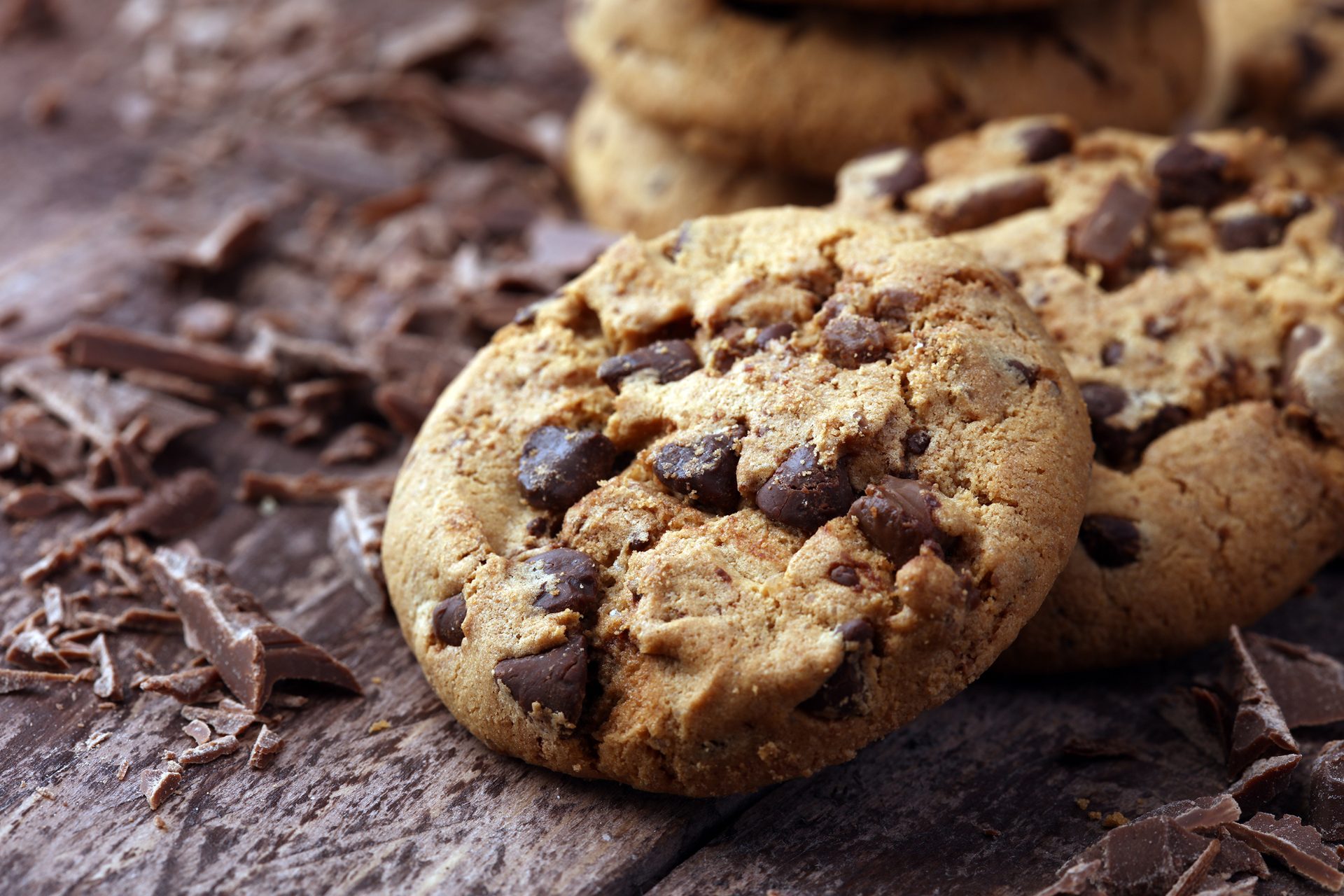

Total Fat and Moisture
Overview
The analysis of total fat and moisture by TD-NMR is as easy as inserting the non-grinded sample into an empty tube, weighing the sample, and insertion of the sample tube into the minispec machine. A couple of seconds later accurate and reliable results for percent total fat and moisture will be displayed.
This traditional TD-NMR standard method works fine for a big range of samples, like food and feed, seeds, press cake and residues, single seeds and corn, but also for medical powders and tablets, chemicals like sulfur, polymers, and others.
In the food area chocolate must be mentioned in the first place, as well as milk or baking powders. But this NMR method is also applied to crisps/chips and other non-homogeneous samples. The NMR system screens all the hydrogen nuclei, on the surface but also in the center of the sample and everywhere. The moisture content in all those samples should not exceed a certain limit, i.e. moisture should be present in the sample as bound water. For samples exhibiting high water content, another NMR pulse sequence, and different data evaluation (multivariate analysis) has to be applied.
The minispec standard method assumes that all fat protons exhibit an NMR relaxation time longer than that of the bound water. This means that all fat that should be detected must be liquid at the time when the sample is measured. Practically this results in sample pre-tempering for certain products, for instance, chocolate needs to be pre-tempered at a minimum of 40°C to ensure all fat is liquid.
However as the fat of a chocolate sample is partly crystalline at temperatures below 40°C, two NMR measurements, one at the temperature of interest and one in a state where all fat is melted, can be used to determine the Solid Fat Content of a chocolate sample at the temperature of interest.
Calibration of the minispec can be as easy as taking pure oil/fat and preparing a few tubes (3-5) with different weights of oil. Even an empty tube (zero point) can be used as the lowest point into the minispec calibration that uses a simple and straight-forward linear regression to correlate fat mass versus the NMR signal. More fat/oil means a higher NMR signal.
Bruker offers a big variety of glassware and/or plastic tubes dedicated to the application of interest.
Service and Support
LabScape
Service & Life Cycle Support for Magnetic Resonance and Preclinical Imaging
Bruker’s commitment to providing customers with unparalleled help throughout the buying cycle, from initial inquiry to evaluation, installation, and the lifetime of the instrument is now characterized by the LabScape service concept.
LabScape Maintenance Agreements, On-Site On-Demand and Enhance Your Lab are designed to offer a new approach to maintenance and service for the modern laboratory.